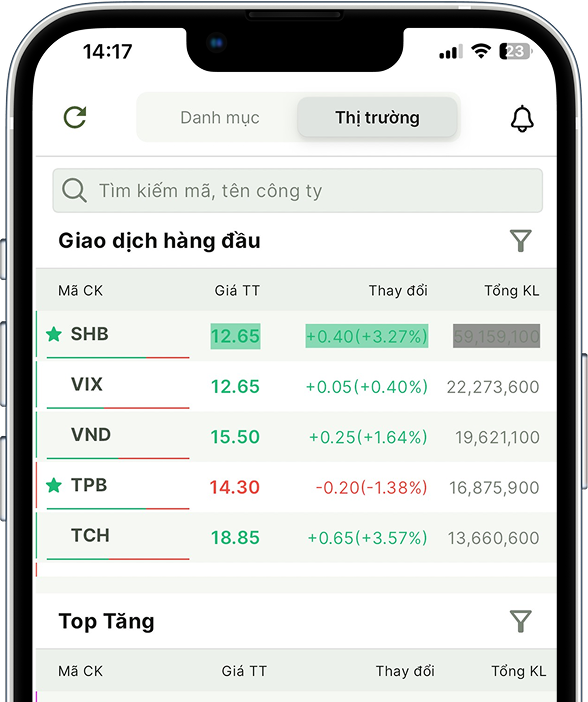STABLE MACROECONOMIC BACKDROP FOSTERS GROWTH MOMENTUM
11/11/2025 - 8:16:28 SAEconomic data for October 2025 indicates that key growth drivers remain intact. Year-to-date (YTD) credit growth exceeded 15%, and public investment disbursement increased by 15.6% YoY (VND464tn, fulfilling 51.7% of the Prime Minister’s target). Meanwhile, other drivers, such as consumption and export activities, are showing signs of moderation.
1.Retail sales decelerated significantly in October, recording +7.2% YoY (vs. +11.3% YoY in September) and 0.2% MoM. This was primarily driven by a 0.4% MoM decline in goods retail sales, while both the services and tourism retail segments also experienced a slight moderation.The impact of tariffs is becoming increasingly apparent and substantial.
2.Exports from domestic enterprises contracted by 17.4% YoY (10M25: +0% YoY), particularly for products not on the US tariff exemption list, such as rice, petroleum products, timber, textiles & garments, and iron & steel. In the first 10 months of 2025, Vietnam recorded a trade surplus of 19.56bn USD (vs. 23.28bn USD in 10M24), with export growth at 16.2% YoY and import growth at 18.6% YoY.
3.Manufacturing activity continued to improve in October, with the Manufacturing PMI reaching 54.5 (September: 50.4). The Index of Industrial Production (IIP) registered 2.4% MoM and 10.8% YoY, driven notably by metals production (10M25: +13.8% YoY) and automotive manufacturing (10M25: +23.5% YoY). Export order volumes also improved in October, supporting total manufacturing orders and employment levels. We expect manufacturing activity to gain further momentum in 2026; notably, business confidence, according to the S&P Global survey, has reached a 16-month high.
4.FDI inflows remained stable during the first 10 months of the year, with total registered capital reaching 31.52bn USD (+15.6% YoY) while total disbursed FDI capital reached approximately 21.3bn USD (+8.8% YoY). We maintain our perspective that Vietnam will continue to attract strong FDI inflows as impacts of trade war would gradually moderate in 2026. This outlook is supported by the lack of significant deviation in US reciprocal tariffs applied to Vietnam compared to its Southeast Asian peers, and the persistence of the “China + N” trend as manufacturers continue to diversify their supply chains.





